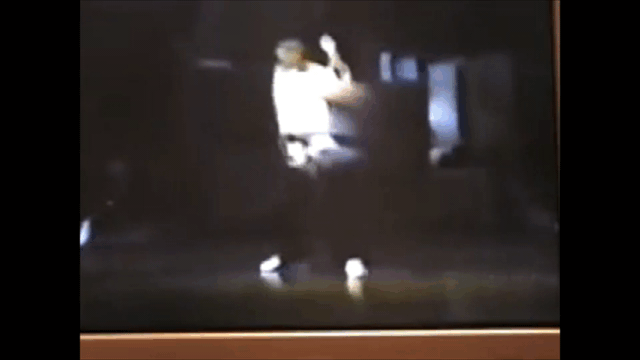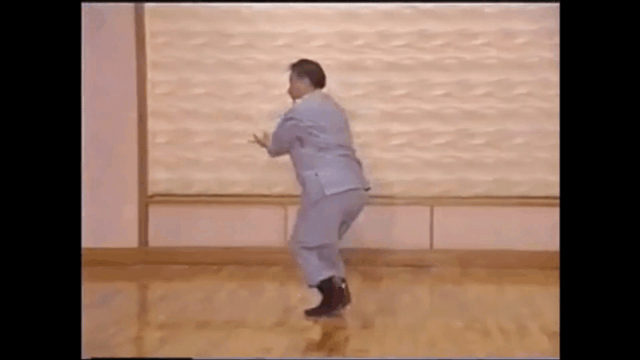If you can train "step in and punch", why do you want to train "stand still and punch"?
So, I am not like you guys. I am not naturally talented at martial arts. Trying to learn step and punch, is a lot of things for the untalented newbie to work through. Especially if you add in defensive / clearing motions to it as well.
When I started Shotokan, I had already learned jab and straight right from boxing. But, in Shotokan, they wanted me start left foot forward, take a forward step with that left foot and throw the straight right. In the little bit of boxing I did, we stepped forward with jabs and sat down on the straight right.... if you could not reach without the step, throw another jab and step in closer. I could not, no matter how hard I tried, step forward with the left while throwing a straight right.
The only way I got passed this, was by breaking it down, looking at and training each piece individually, then slowly reassembling the pieces in the new order.
Punching in horse stance is a great way to simplify things. I take the feet, legs, movement and balance issues out of the equation. Now I can focus on hand positions, timing of the arm rotation, extension of the top two knuckles, shoulder movement, and hip movement.
This is actually a good way to have the student experience the correct hip movement. Have them punch in horse stance. Then ask them to punch harder and faster. When they first start punching, they never use their hips at all. (see the original video) When they start trying to punch harder and faster, their upper body will torque the hips.... the hip that is connected (or should be connected ) to the punch will move forward as it is pulled. Once the student feels that, you ask the student to start the punch with the hip doing that motion first, so that the hip throws the punch instead of the punch pulling the hip.
Once you have the upper body figured out... then you can add in the lower body. To be fair, in Shotokan, we did a lot of stance drills as well.... walking in the different stances, changing stances on each step..... These drills are taking the upper body out of the equation, in order to focus on the foot work.
In both of these cases, you need to put them back together. You also need to realize that they are supposed to be put back together, so as not to bring in bad habits.
It's the maximum reach and maximum power that people try to train.
Some of us need to work on how to do something first, before we can even begin to try maximizing it. The thing about martial arts systems is that many things are there for the experienced and talented martial artist to train and learn from. But, there are also many things in the art, that are included to help the untalented, awkward beginner learn the art. The good arts have levels.... so the beginner and master can do the same drills, at the same time.... each working on the parts that pertain to them.
As mentioned earlier.... training the longest range, highest power punch is great.... unless you are in a phone booth and don't have the space....


